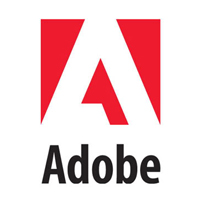Most people involved in social media or community management have experienced this many times. You take on a new client, or start a job with a new role, and management is very excited to see you. The company really needs to do more with social media, they declare with enthusism. And they are confident you can make it happen!
But ask them what their goals are you'll often be met with blank stares. Despite a deluge of information about social media over the past few years, many executives still don't have an idea of what they want to accomplish with their brand's community management efforts. And as any savvy social media guy or gal knows, it's pretty hard prove your effectiveness without some agreement of what you're trying to do.
This means that your first task will often be to explain to them what the possible goals MIGHT be, and then start from there to identify which ones are important to them. Here are 7 goals of a successful community management strategy:
1. Enhance Awareness
Enhancing awareness is often one of the top priorities for community management. A company wants its brand to be fresh in the mind of existing customers, while spreading the word to potential customers, as well as anyone else who might influence existing and potential users.
2. Improve Public Perception
What customers and non-customers alike think and feel about a brand matters greatly. Strong positive PR helps build brand loyalty and goodwill with customers. When people feel good vibes about a brand, they are more likely to notice and highlight the positive aspects. This translates into increased mindshare and better word-of-mouth engagement.
3. Enhance Customer Service/Support
These days, customers with problems or questions don’t always follow traditional routes of airing grievances or resolving issues. More and more, they are engaging in online and social media communities to spread the word and ask for help. Good community management provides enhanced customer service and support by answering users questions and directing them down avenues to resolve any problems or issues.
4. Create Advocates
Influencers are very important to the success of brands. While strong brand advocates sometimes pop up on their own, successful community management involves discovering, identifying, and nurturing brand advocates and key influencers.
5. Collect Analysis and Feedback
Information on how an existing or potential customer base feels about a product is extremely important. The ability to identify opportunities to improve an existing product, or to understand successful enhancements for future products, can pay dividends. Knowing what a community says they want, extracting what they really want (which is not always what they say they want), and understanding what they dislike or don’t want, can help increase adoption, extend an existing product’s life, or refine design and feature sets to make new products more successful.
6. Educate Existing and Potential Users
Educating existing and potential users can be integral to improving brand awareness, PR, and adoption. When users learn what a product does, how to make the most out of a product, or even how the product is created, they tend to be much more engaged. You won't get far if people have no idea what your product is for or how to effectively utilize it.
7. Drive Acquisition
Perhaps the biggest goal is to increase acquisition. Depending on the business, this could be as simple as selling more widgets, gaining more eyeballs, or promoting institutional adoption. You want more people to purchase or use the product, people using the product to use it more often, and more organizations to consider your product to be their standard.
Once you identify what is important to your client, you can start to craft a goal-oriented community management strategy that allows you measure effectiveness and success.
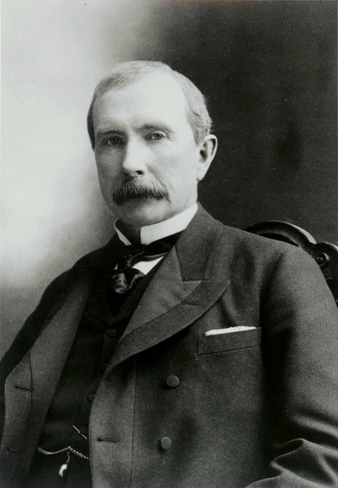
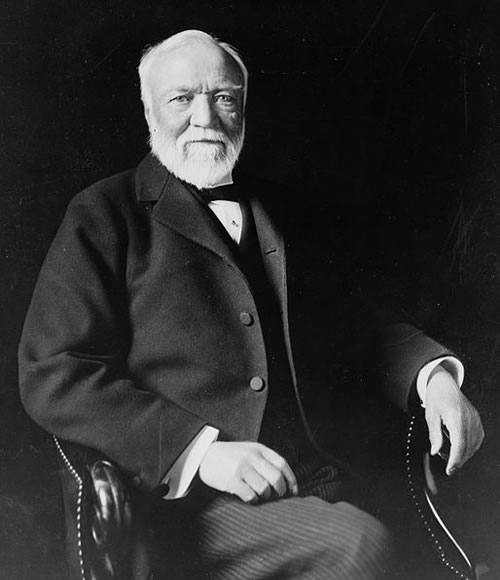
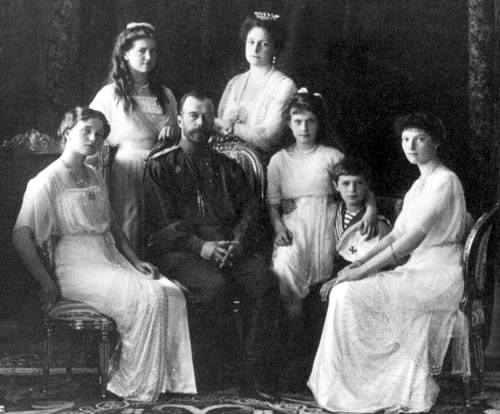
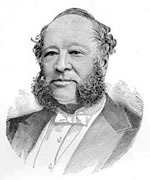 Peak wealth: $231.6 billion. Age at peak wealth: 64
Peak wealth: $231.6 billion. Age at peak wealth: 64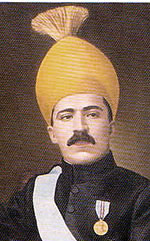 Peak wealth: $210.8 billion. Age at peak wealth: 50
Peak wealth: $210.8 billion. Age at peak wealth: 50
